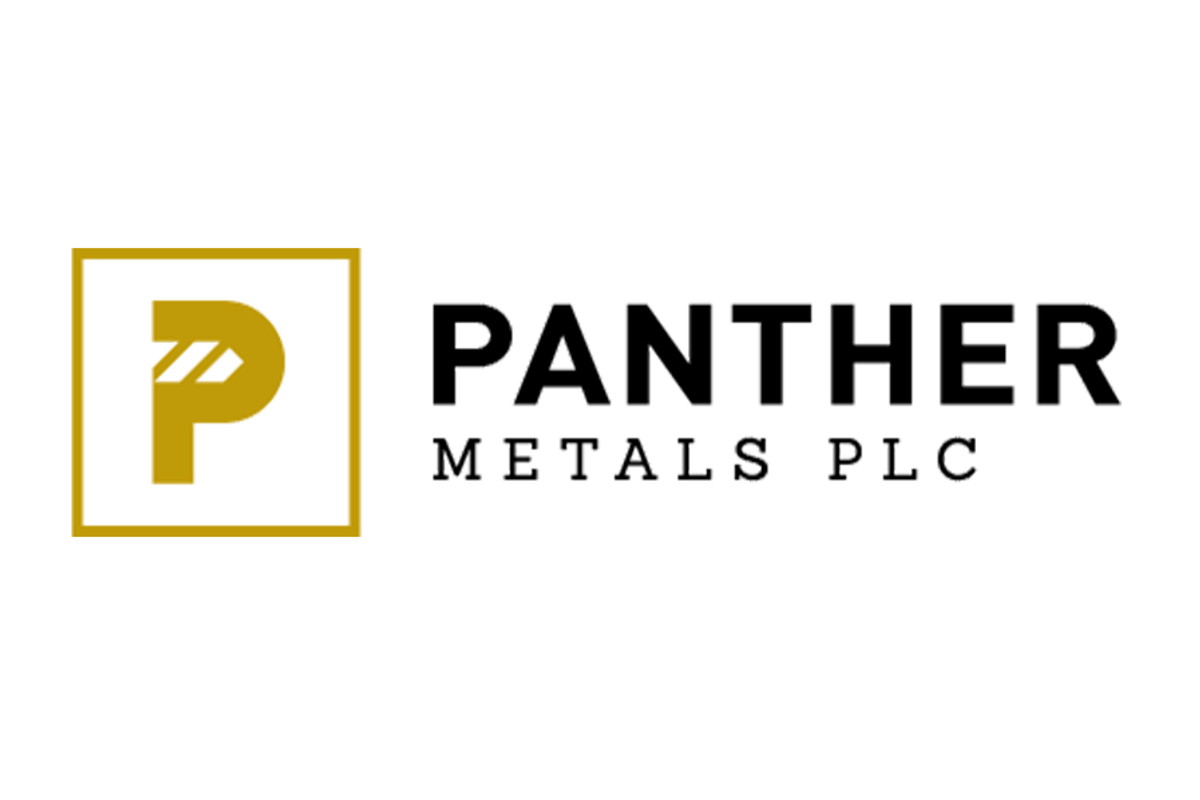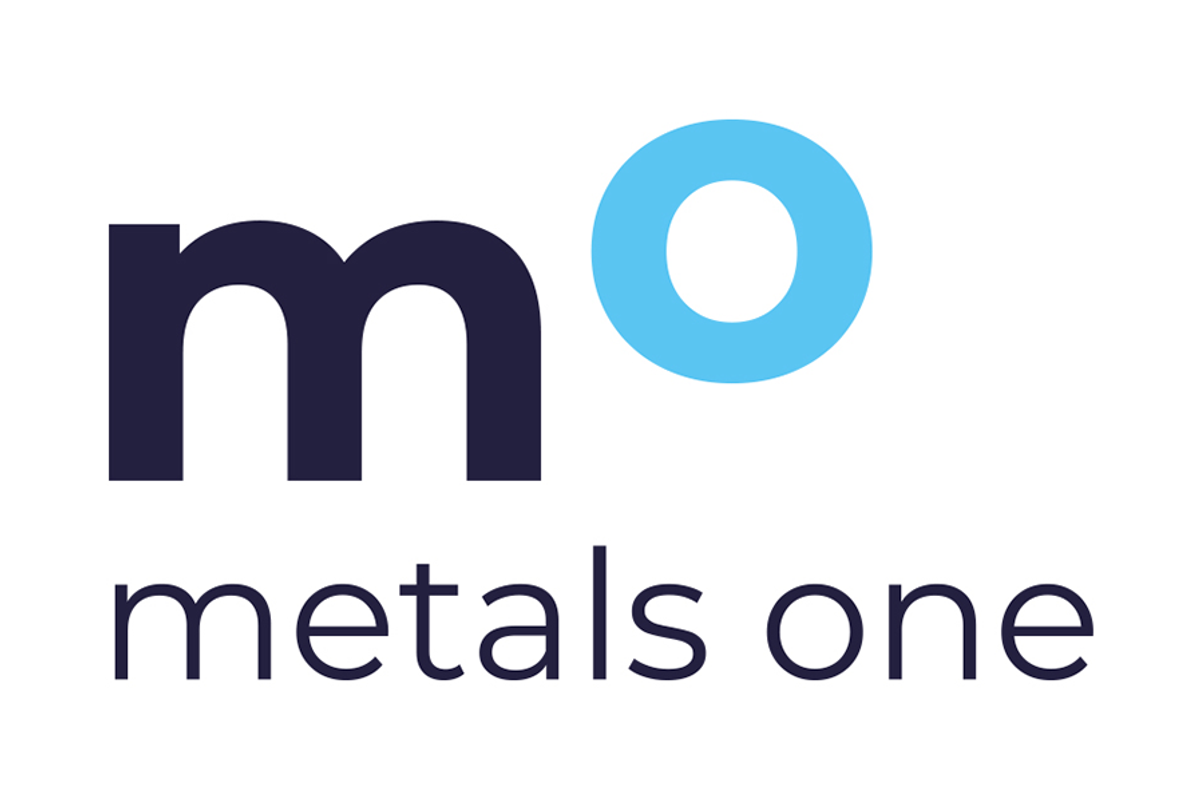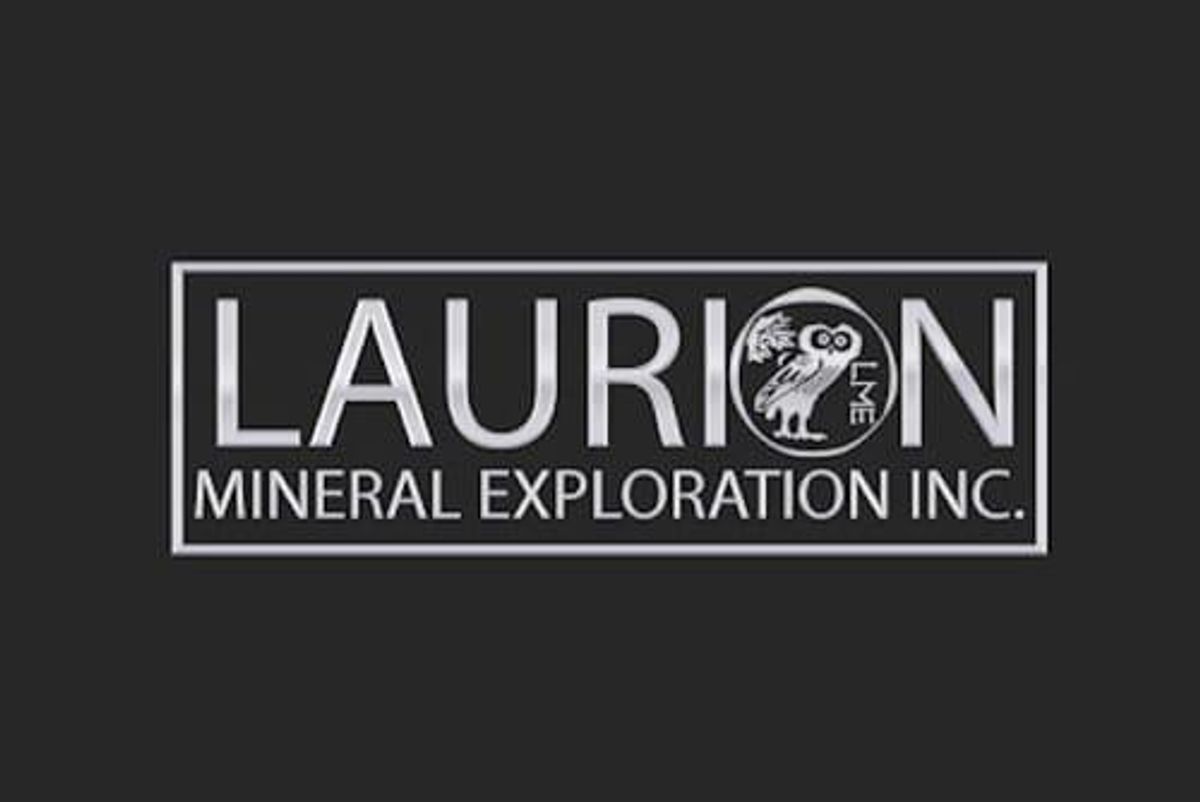
April 23, 2025
Harvest Gold Corporation (TSXV: HVG) (TSXV: HVG) (“Harvest Gold” or the “Company”) is pleased to announce that it has successfully received all required government / ATI permits, providing the Company latitude for selecting drill targets in the Northen and Central areas of Mosseau. Targets in the northern area have been prioritized while the Company’s Geological team is finalizing targets in the Central area and expects that process to be completed within the next two weeks.
The Company continues to work with government regulatory authorities and First Nation communities to ensure proper consultation and compliance with all environmental and operational requirements.
Harvest Gold President and CEO, Rick Mark, states: “This set of Government approvals clears the path to drilling in late spring/early summer. Our team has worked diligently to secure these permits and now turns to finalizing drill targets at Mosseau, which are being identified through an extensive compilation of historical data and Harvest Gold’s recent geological and geochemical surveys. This marks a significant milestone for the Company as it advances exploration efforts to unlock the potential of our flagship Mosseau project.”
Having a drill program just east of Lebel-sur-Quévillon in Quebec comes with several strategic and cost-saving benefits, especially compared to remote exploration projects. It positively impacts logistics, infrastructure use including accommodations and road access, and overall drilling costs.
In Quebec, an Authorization for Impact-Causing Exploration Work (ATI) is a permit introduced by the Ministère des Ressources naturelles et des Forêts (MRNF) that became mandatory on May 6, 2024. This authorization is required before conducting certain mineral exploration activities, including diamond drilling. The ATI aims to enhance transparency, ensure that the concerns of local municipalities and Indigenous communities are considered, and promote harmonious land use. An ATI, similar to what has been awarded to Harvest Gold, is valid for two years and can be renewed, subject to compliance with regulatory conditions. The ATI permits allow the Company flexibility for the upcoming drill programs in 2025-2026 as well as any necessary follow-up in the next few years.
Much of the Mosseau property was affected by the large regional forest fires of the summer of 2023. While destructive, these forest fires have inadvertently created opportunities for mineral exploration in several ways on the Mosseau project. This includes natural clearing of the vegetation, reduce environmental sensitivity and easier physical access thanks to the new forestry roads.
Harvest Gold remains committed to responsible exploration and will adhere to the highest environmental and community engagement standards throughout the drilling process.
About Harvest Gold Corporation
Harvest Gold is focused on exploring for near surface gold deposits and copper-gold porphyry deposits in politically stable mining jurisdictions. Harvest Gold’s board of directors, management team and technical advisors have collective geological and financing experience exceeding 400 years.
Harvest Gold has three active gold projects focused in the Urban Barry area, totalling 361 claims covering 18,757.4 ha, located approximately 45-70 km west of Gold Fields - Windfall Deposit.
Harvest Gold acknowledges that the Mosseau Gold Project straddles the Eeyou Istchee-James Bay and Abitibi territories. Harvest Gold is committed to developing positive and mutually beneficial relationships based on respect and transparency with local Indigenous communities.
Harvest Gold’s three properties, Mosseau, Urban-Barry and LaBelle, together cover approximately 50 km of favorable strike along mineralized shear zones.
ON BEHALF OF THE BOARD OF DIRECTORS
Rick Mark
President and CEO
Harvest Gold Corporation
For more information please contact:
Rick Mark or Jan Urata
@ 604.737.2303 or info@harvestgoldcorp.com
Neither TSX Venture Exchange nor its Regulation Services Provider (as that term is defined in the policies of the TSX Venture Exchange) accepts responsibility for the adequacy or accuracy of this release.
Forward Looking Information
This news release includes certain statements that may be deemed "forward looking statements". All statements in this news release, other than statements of historical facts, that address events or developments that Harvest Gold expects to occur, are forward looking statements. Forward looking statements are statements that are not historical facts and are generally, but not always, identified by the words "expects", "plans", "anticipates", "believes", "intends", "estimates", "projects", "potential" and similar expressions, or that events or conditions "will", "would", "may", "could" or "should" occur.
Although the Company believes the expectations expressed in such forward-looking statements are based on reasonable assumptions, such statements are not guarantees of future performance and actual results may differ materially from those in the forward-looking statements. Factors that could cause the actual results to differ materially from those in forward looking statements include market prices, exploitation and exploration successes, and continued availability of capital and financing, and general economic, market or business conditions. Investors are cautioned that any such statements are not guarantees of future performance and actual results or developments may differ materially from those projected in the forward-looking statements. Forward looking statements are based on the beliefs, estimates and opinions of the Company’s management on the date the statements are made. Except as required by securities laws, the Company undertakes no obligation to update these forward-looking statements in the event that management's beliefs, estimates or opinions, or other factors, should change.
HVG:CA

Sign up to get your FREE
Harvest Gold Investor Kit
and hear about exciting investment opportunities.
- Corporate info
- Insights
- Growth strategies
- Upcoming projects
GET YOUR FREE INVESTOR KIT
The Conversation (0)
18 June
Harvest Gold
Advancing the large-scale Mousseau Gold Project in Quebec’s World-class Abitibi Region
Advancing the large-scale Mousseau Gold Project in Quebec’s World-class Abitibi Region Keep Reading...
5h
Winston Tailings Project: Mineral Resource Drilling
Platinum Diamond Drilling Appointed for Mineral Resource Programme
Panther Metals Plc (LSE: PALM), the exploration company focused on mineral projects in Canada, is pleased to announce that Platinum Diamond Drilling Inc. ("Platinum") has been contracted to undertake the Mineral Resource focussed drilling programme at the Winston Tailings Project in Ontario,... Keep Reading...
5h
Admission to Trading on the OTCQB Venture Market in the United States
Metals One (AIM: MET1), a critical and precious metals early-stage project developer and investor, is pleased to announce its Ordinary shares have been approved to trade on the OTCQB Venture Market ("OTCQB") in the United States and commenced trading on OTCQB on 10 November 2025 under the symbol... Keep Reading...
21h
Barrick Faces Activist Pressure After Elliott Takes Major Stake
Elliott Investment Management has reportedly taken a large stake in Barrick Mining (TSX:ABX,NYSE:B), the Financial Times reported on Tuesday (November 18), adding activist pressure to the gold producer, which is already dealing with escalating operational problems and a leadership shakeup.The... Keep Reading...
22h
How to Invest in Gold Royalty and Streaming Stocks
Gold royalty companies offer investors exposure to gold and silver with the benefits of diversification, lower risk and a steady income stream. Royalty companies operating in the resource sector will typically agree to provide funding for the exploration or development of a resource in exchange... Keep Reading...
Latest News

Sign up to get your FREE
Harvest Gold Investor Kit
and hear about exciting investment opportunities.
- Corporate info
- Insights
- Growth strategies
- Upcoming projects
GET YOUR FREE INVESTOR KIT
Latest Press Releases
Related News
TOP STOCKS
American Battery4.030.24
Aion Therapeutic0.10-0.01
Cybin Corp2.140.00






